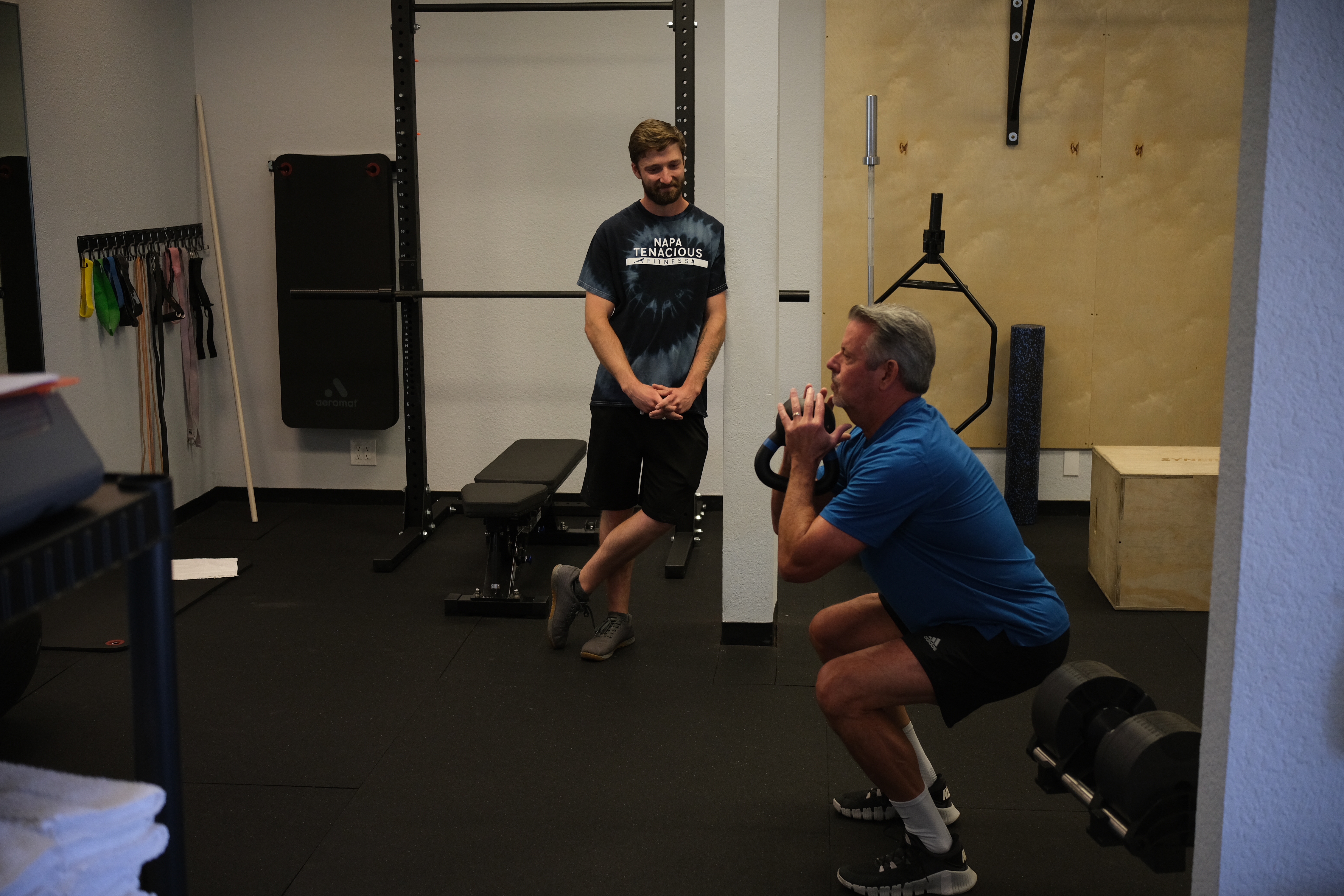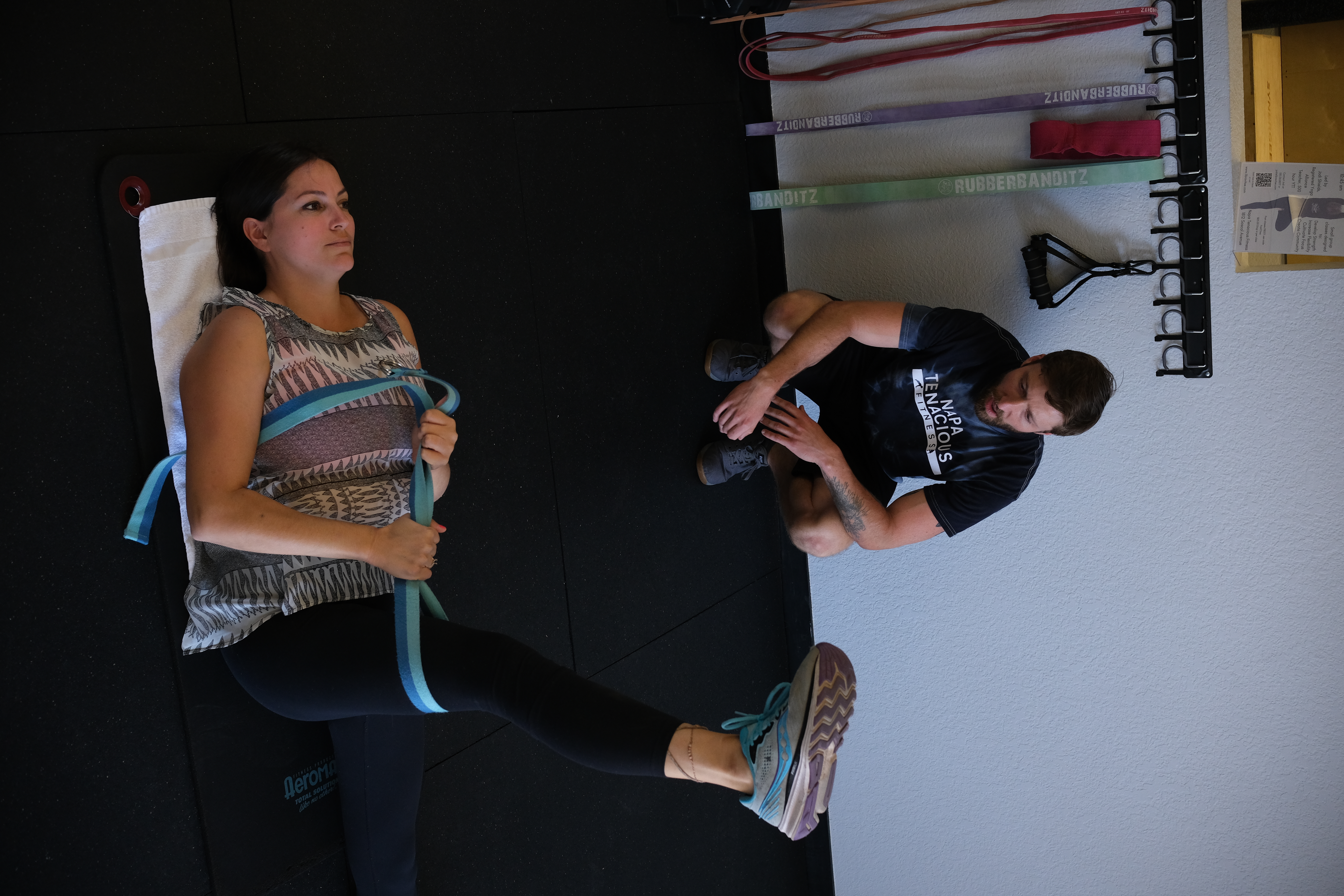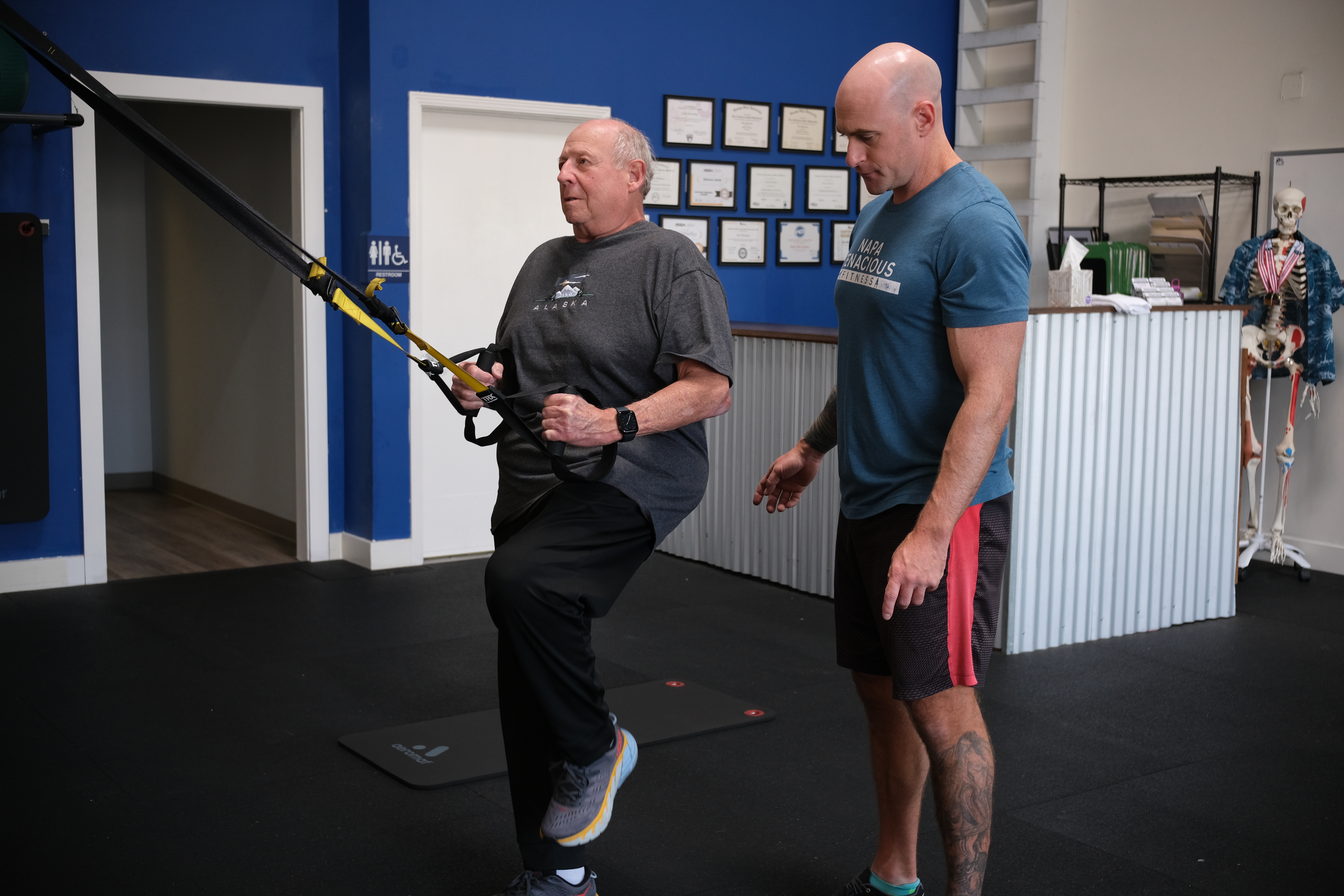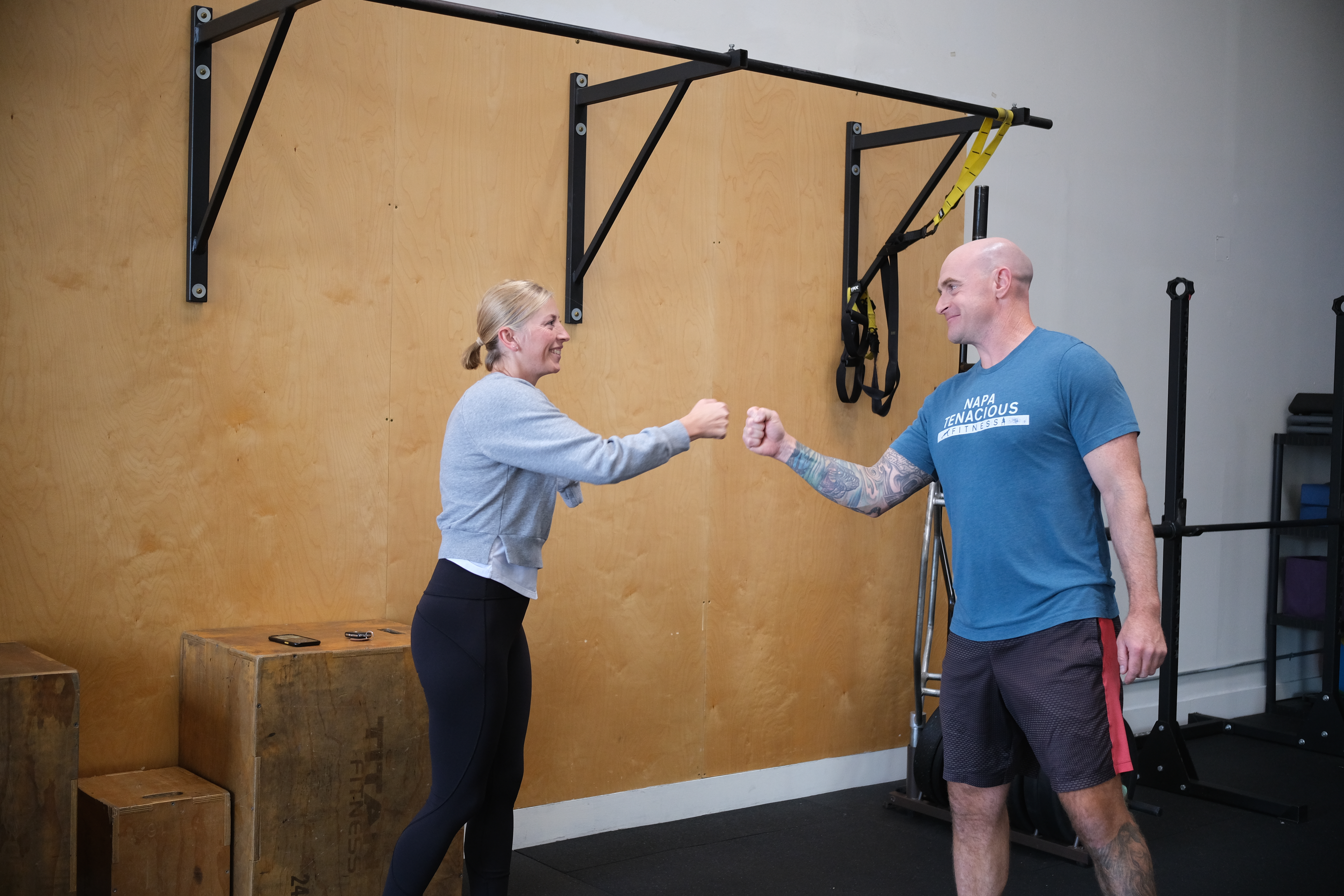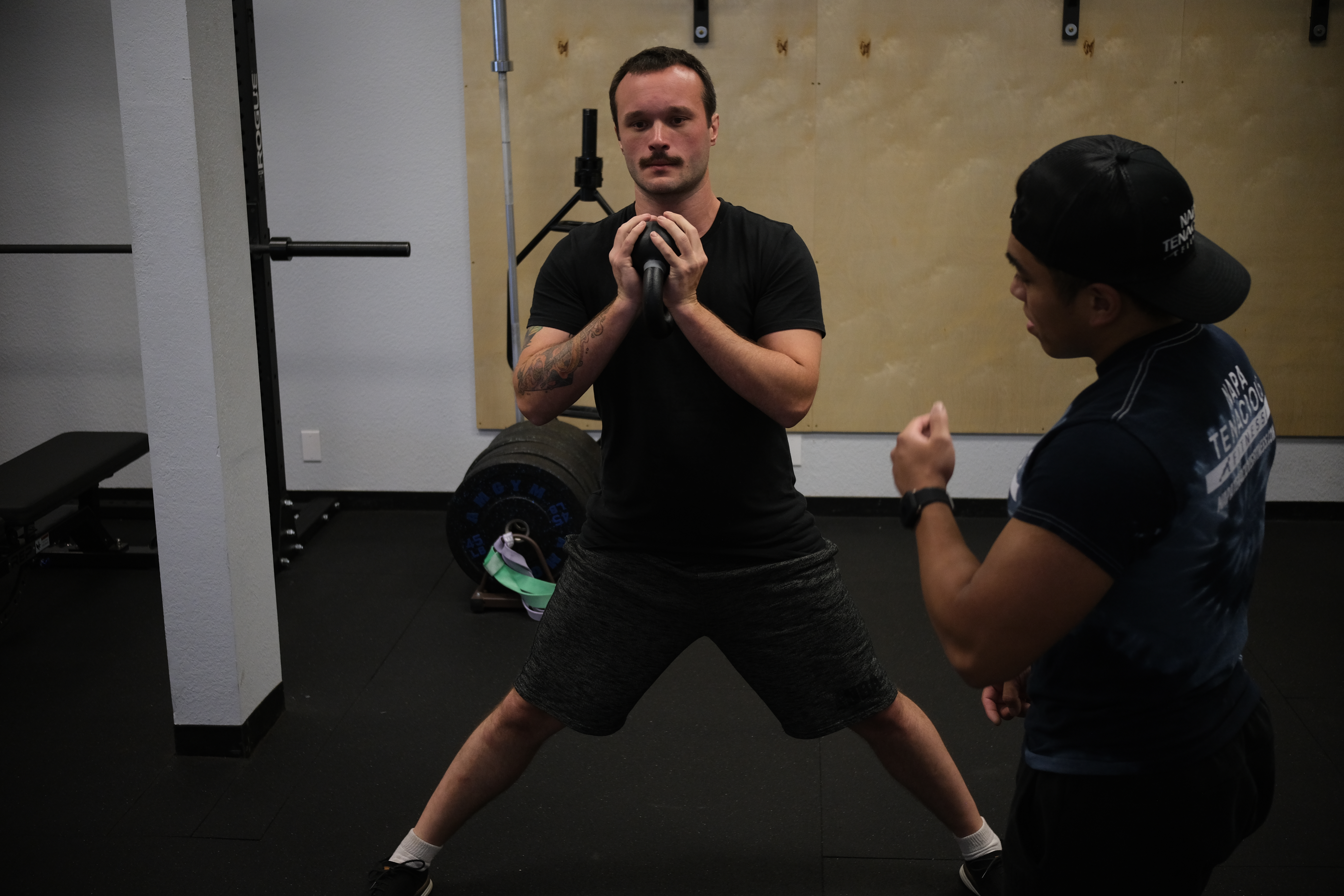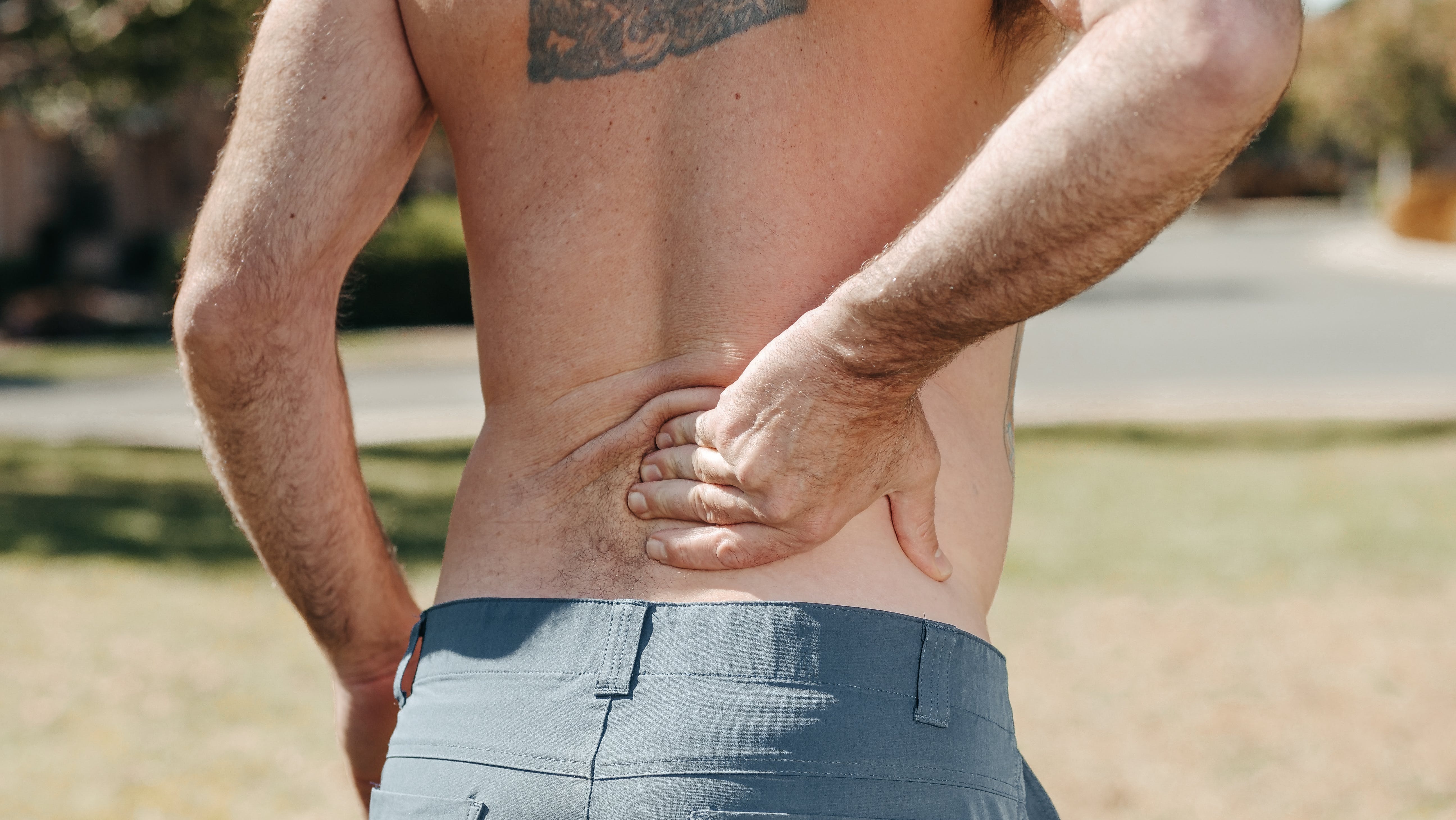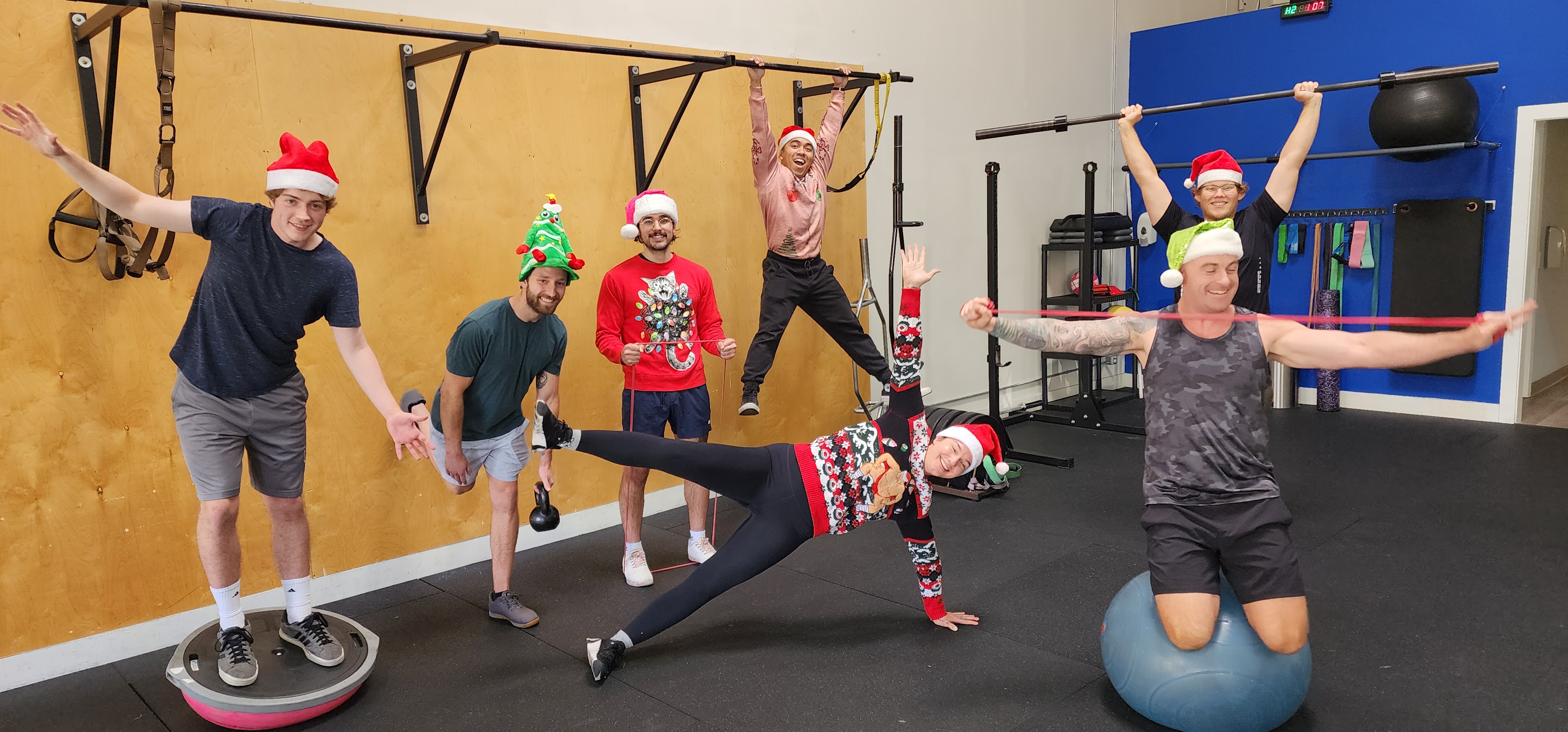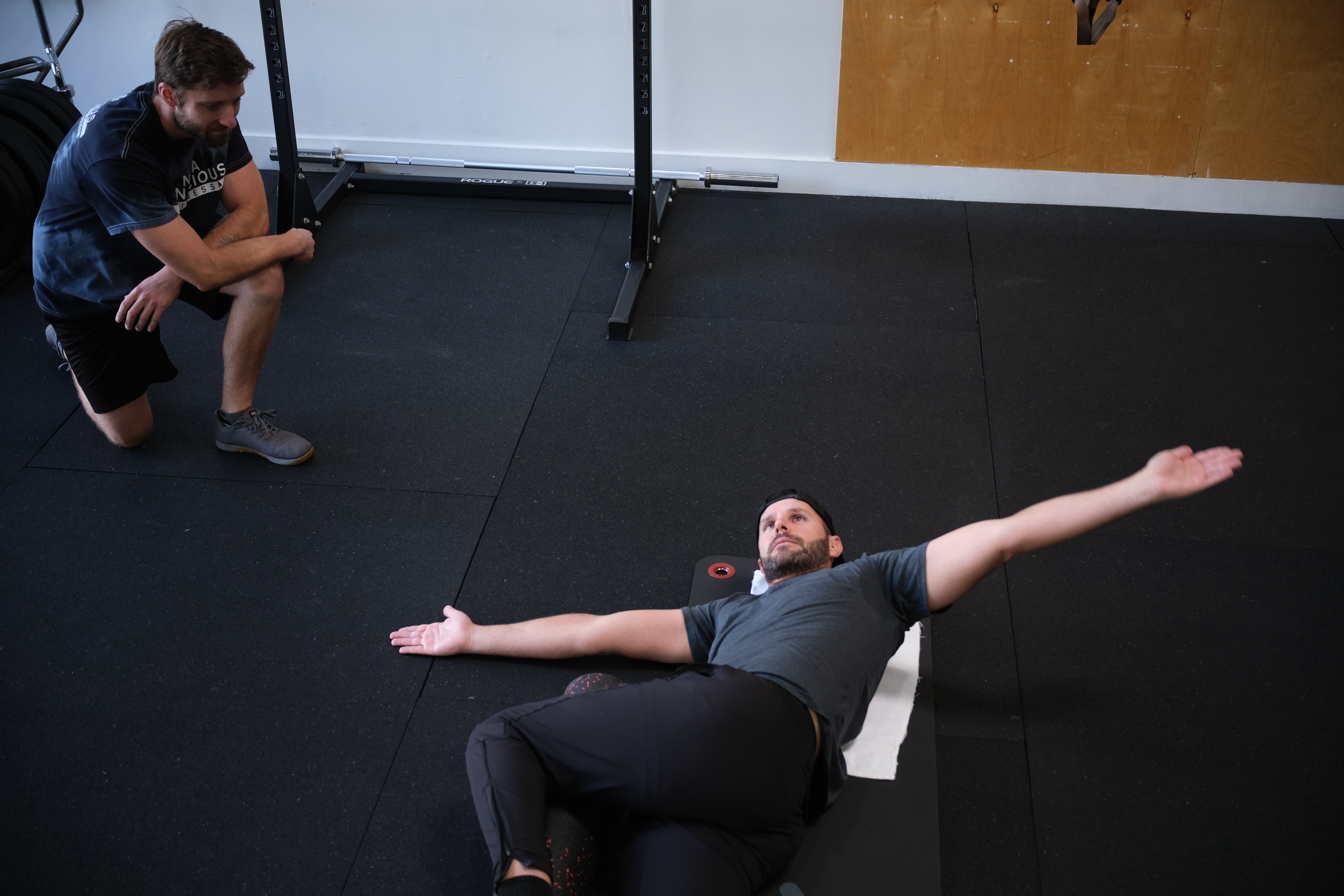“It’s basically bone-on-bone and there’s nothing I can do.” said Alphonse during his initial consultation. “The doctors told me that I’m old and all my cartilage is gone. So, I’m probably going to have to get knee replacements and give up hiking, golfing, and hunting.”
Alphonse reached out to utilize our personal training services to replace his favorite recreational activities. At sixty-five years of age, Alphonse’s favorite hobbies included hikes with his dog, golfing two to three times a week, and regular hunting excursions four to five times a year. Following years of participating in these activities, he felt intense pain in his knees enough to where he had to take two to three days rest before performing regular functions. Getting out of bed, stepping up and down stairs, and getting in and out of the car became a challenge due to the debilitating knee pain. In what was initially meant to be a feeling of joy and elation, his normal physically active hobbies became an anxiety-inducing topic that he wanted to avoid. Alphonse entered a vicious cycle of decreased physical activity and two knee joints that suffered exponentially due to an absence of movement and exercise.
General age-related joint pain is a sore subject to touch on. However, it’s a common theme of life we are dealt with. Similar to how we get crows feet under our eyes, an extra wrinkle on our forehead when we’re deep in thought, or the skin on our hands seems to dry out more than usual as we age, our joints follow a similar suit. The cushioning and dampening abilities of the cartilage surrounding the ends of bones diminish over time. One could imagine the knee cartilage of a twenty-something-year-old young man compared to a man above fifty years of age is going to have more bounce, be thicker, and won’t have the wear-and-tear from the stresses of twenty-to-thirty years of physical stress. In Alphonse’s case, he was feeling the repercussions of knee cartilage that had been sent through the wringer from years of rigorous physical activity. As a result, he experiences bouts of knee pain that he wouldn’t wish upon anyone.
One of the first questions we ask our newer exercise participants is, “What does your current exercise routine consist of?” After presenting Alphonse with this question, his answer was “zero.” I knew that one of the contributing factors to Alphonse’s pain wasn’t just the fact that he was getting old. His knees were in extreme pain because he didn’t have a skillfully designed fitness routine.
It’s not outlandish for people with knee pain to veer away from exercise in fear of making their situation worse. However, along with increased pain due to years of stress, the lack of strength and conditioning to reinforce the structure of Alphonse’s knees was a significant contributing factor. Fortunately, there are many starting points for individuals completely foreign to exercise that decrease joint pain and increase human performance to be able to participate in fun and invigorating recreational physical activity.
An optimal setting to begin knee strengthening exercises is to perform a fitness routine on the ground. To decrease the amount of tension on the knee joint, muscle activation can be stimulated while avoiding compression on the knee joint by positioning the body in a seated, supine, side-laying, or prone position. While on the ground, the knees are positioned in front of the body, not below the body where they are responsible for supporting the torso along with the force of gravity. Therefore, when performing ground-based exercises, the compressive forces present are less than those of standing vertically. Here are two examples of knee joint strengthening exercises that be completed while lying on the ground:
Seated Knee Extension: Start by sitting down on an object ensuring stable posture and that both feet are resting flat on the ground. While keeping the toes flexed toward the body, extend one leg until a slight muscular sensation is experienced in the quadriceps and kneecap region. Repeat this movement for five to 10 repetitions on each leg.
Supine Hip Extension + Isometric Hip Adduction with Soccer Ball: Start by positioning yourself flat on your back on the ground with your arms extended and your knees bent. Place a soccer ball between your knees. Actively apply inward pressure with your knees on the ball until a muscular sensation is experienced in your inner thigh muscles. While applying pressure on the ball, press your feet into the ground and lift the hips upward until a brief muscular sensation is experienced in the hamstrings and glutes. Repeat this movement for five to 10 repetitions.
If our goal is to live a fulfilling and active life, we need to listen to that pain and do something about it. Exercise is meant to enhance the ability to engage in our favorite hobbies and physical activities. One of the best ways to decrease joint pain is practicing regular adherence to exercises that allow our bodies to feel better for years to come.
Sean McCawley, the founder and owner of Napa Tenacious Fitness in Napa, CA, welcomes questions and comments. Reach him at 707-287-2727, napatenacious@gmail.com, or visit the website napatenaciousfitness.com.

